In a crowded digital world, standing out in the inbox is more challenging than ever. The average person receives dozens of emails daily, and sending generic, one-size-fits-all messages is a sure way to get lost in the shuffle.
The key to successful email marketing lies in relevance. To be relevant, you must first know who you are talking to. This is where demographic data becomes a powerful asset. By understanding the characteristics of your audience, you can move beyond mass communication and begin building meaningful connections. For any organization, particularly for a nonprofit, knowing your audience is the first step toward effective communication.
It's time to stop guessing and start leveraging data to transform your email marketing strategy from a shot in the dark to a targeted, impactful campaign. This approach ensures your message not only reaches its destination but also resonates deeply with the recipient, leading to higher engagement and better results.
What Is Demographic Data, and How Is It Collected?
Demographic data refers to the statistical characteristics of a population, such as age, gender, income, location, education, and occupation. It provides a foundational understanding of who your subscribers are, moving beyond a simple list of email addresses to a rich profile of individuals.
Collecting this data is a multi-faceted process. Methods include:
- Initial Sign-Up Forms: Request basic information such as a name and location.
- Progressive Profiling: Gather additional details over time through surveys, preference centers, purchase history, and user interactions with your website.
- VisitorEmail: Capture demographic data from up to 60% of US-based website visitors without requiring any forms or surveys.
- CRM System Integration: Centralize and organize collected demographic data, enabling personalized communication, streamlined segmentation, and improved audience insights.
Gathering these insights forms the backbone of any robust email marketing campaign. When you layer in demographic filters, you unlock powerful email marketing personalization techniques.
Crafting Personalized Content That Resonates
Once you have collected demographic data, the next step is to use it to segment your audience. Audience segmentation involves dividing your email list into smaller groups based on shared characteristics. Instead of a single broadcast, you can create multiple, tailored messages for each segment. Incorporating email list segmentation streamlines your workflow and allows you to write better emails for better engagement.
Consider these email personalization tactics:
- Create a segment for subscribers in a specific geographic region to promote a local event.
- Target a segment based on age to promote products or services relevant to that demographic.
- Send different content to subscribers based on their income levels or past purchase behavior.
This strategic approach to customer segmentation allows for a more personalized and effective communication strategy. By segmenting your audience, you can ensure that the content you send is always relevant to the recipient, which is a key factor in increasing email click rates.
Measuring Impact: How Demographics Improve Metrics
Once your personalized, segmented emails hit inboxes, how do you know if demographics are actually boosting results? Tracking email marketing metrics such as open rates, click-through rates, and conversion rates helps you measure the true impact of your demographic targeting and refine your campaigns for even better performance.
By analyzing the performance of different segments, you can identify which groups are most responsive and what types of content they prefer. This feedback loop allows for continuous optimization of your campaigns.
This insight allows you to refine your strategy and allocate resources more effectively. For example, you might discover that:
- A specific age group has a much higher CTR on emails with video content.
- Another group responds better to plain-text messages.
- Certain segments are more likely to convert on a specific type of offer.
This is a prime example of how data-driven decisions and analytics can optimize your marketing strategy. A healthy email list, fueled by demographic data, is the engine of a successful campaign.
Here are some key metrics influenced by demographic-driven emails:
Engagement and Conversions
Segmented, demographic-driven campaigns deliver significantly better results compared to non-segmented sends. Targeted emails achieve about 14.3% higher open rates and 101% more clicks. Personalization rooted in demographic insights also raises open rates by 26%, with 80% of consumers more likely to convert when content is tailored.
Retention and Acquisition
Effectively retaining customers is far more cost-efficient than acquiring new ones, which can cost five times more. Email shines as a retention tool; 80% of businesses rely on it for customer retention, significantly outperforming social strategies. Leveraging demographics allows you to craft subscription and messaging strategies tuned for specific audience segments, maintaining loyalty and reducing churn over time.
Overall ROI
Investing in demographic-based email marketing pays off handsomely. The average ROI is about $36 for every $1 spent. Notably, 77% of email-driven ROI stems from segmented, targeted, and triggered campaigns, underscoring the impact of demographic segmentation. Automation and personalization, both enabled by demographic insights, can drive even stronger returns and performance.
Building Stronger Relationships Through Relevance
In the end, email marketing isn't just about selling a product or promoting an idea; it's about building lasting relationships with your audience. When your emails are consistently relevant and valuable, you establish a sense of trust and credibility.
Demographics are the foundation of this process, enabling you to communicate in a way that shows you understand and care about your subscribers as individuals. This approach turns transactional interactions into meaningful engagements. To effectively manage these relationships, it helps to know all about nonprofit CRM.
A loyal subscriber is more likely to become a brand advocate and a repeat customer. For a nonprofit, this means transforming a casual supporter into a dedicated donor. By leveraging this data, you can cultivate donor relationships and build lasting bonds with your audience. Ultimately, understanding your audience is the key to creating relevance, and relevance is the cornerstone of a successful, long-term email marketing strategy.
Nonprofit Megaphone exists to help nonprofits amplify their voices via expert digital marketing. Our services include Google Ad Grant management, content creation, website SEO, and a service called VisitorEmail, which captures contact information for website visitors.
By combining these strategic capabilities, we help nonprofits move beyond reaching donors to truly connecting with them through demographically informed, personalized engagement.
.svg)


.svg)
.svg)
.svg)

.avif)


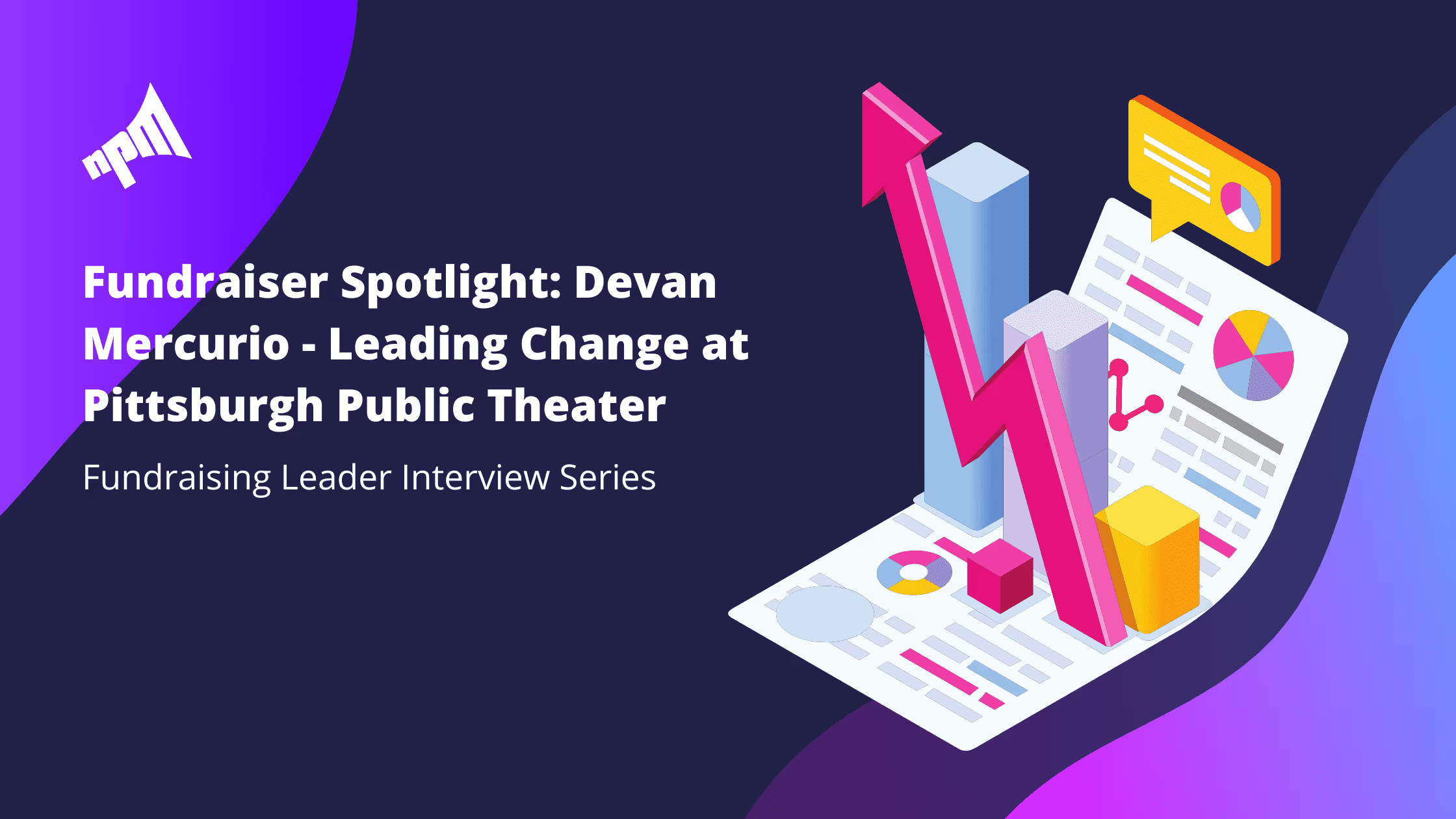






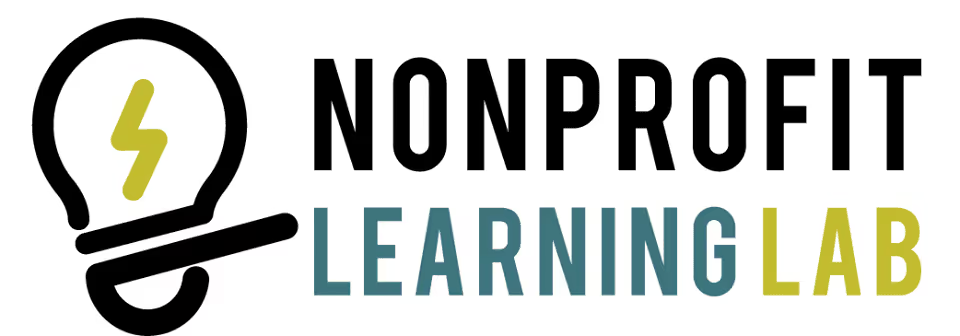

















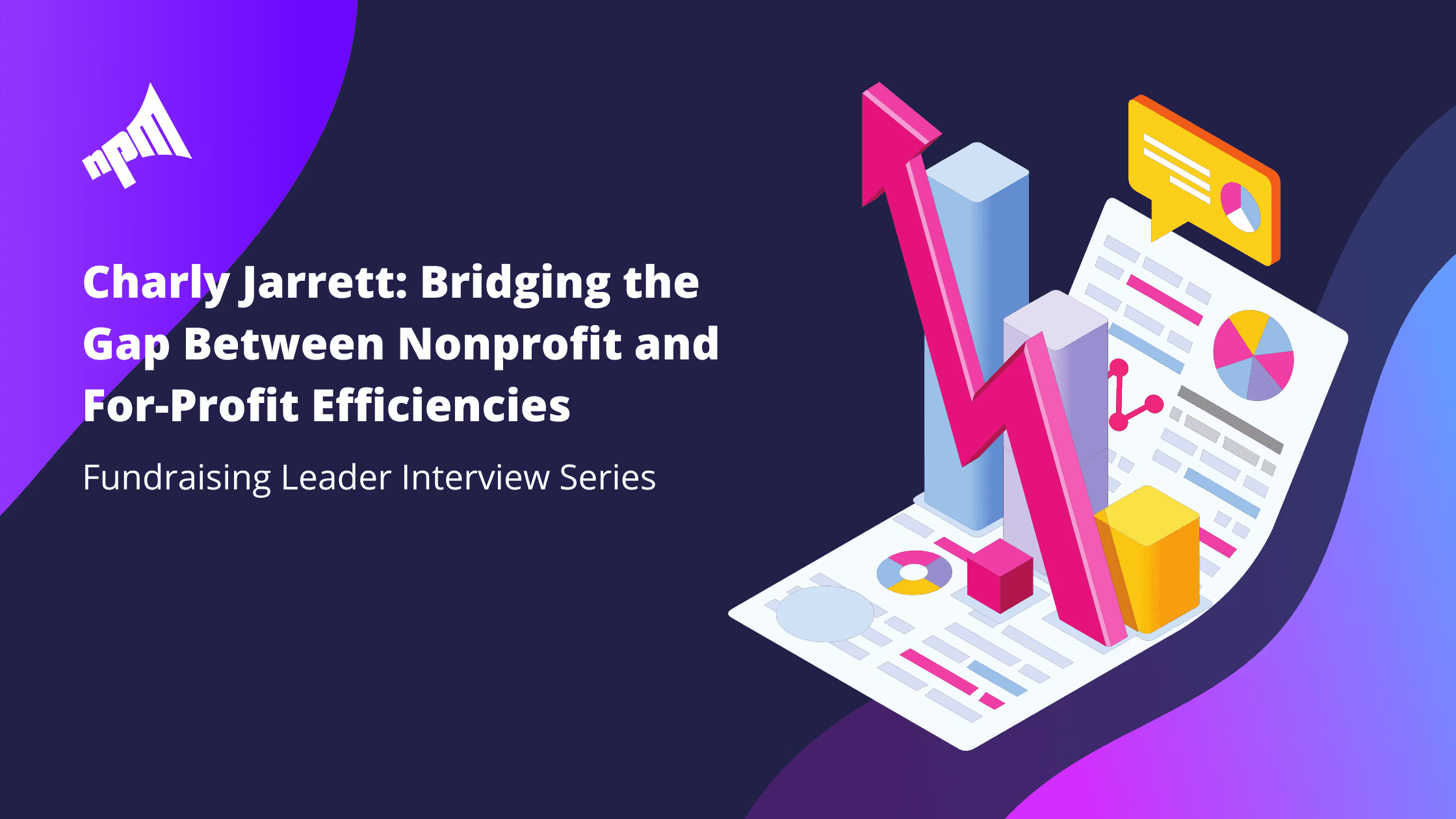






























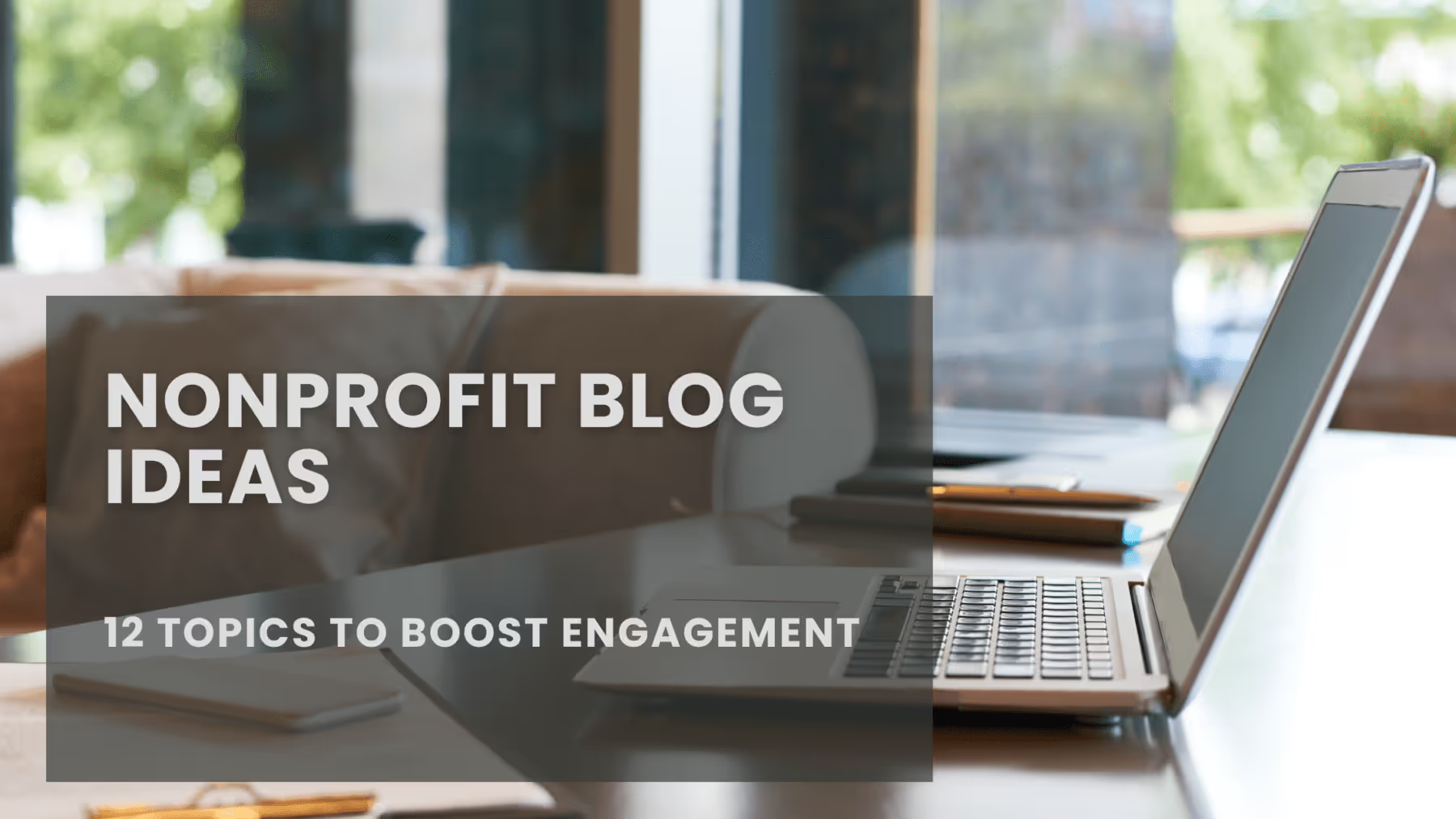








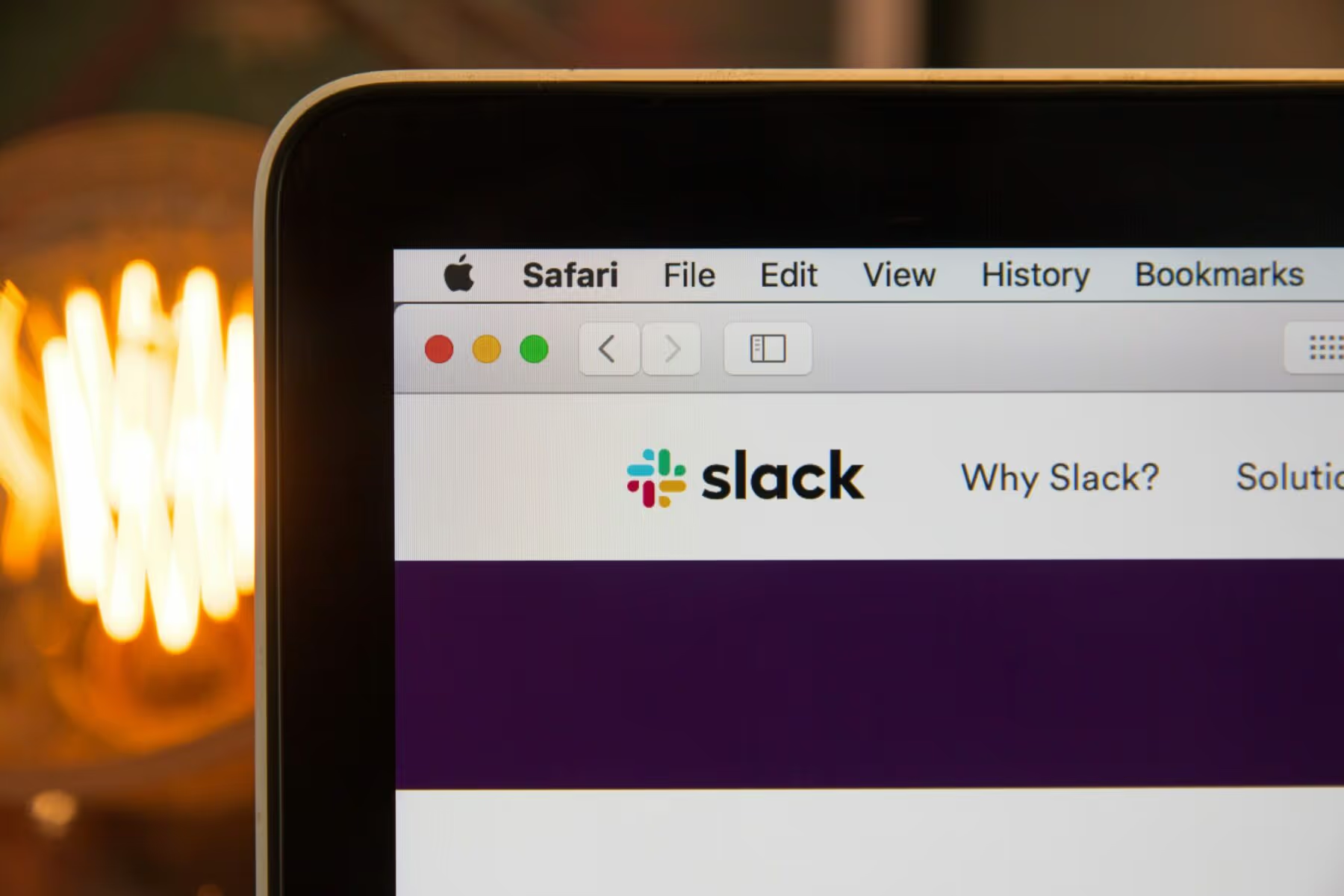












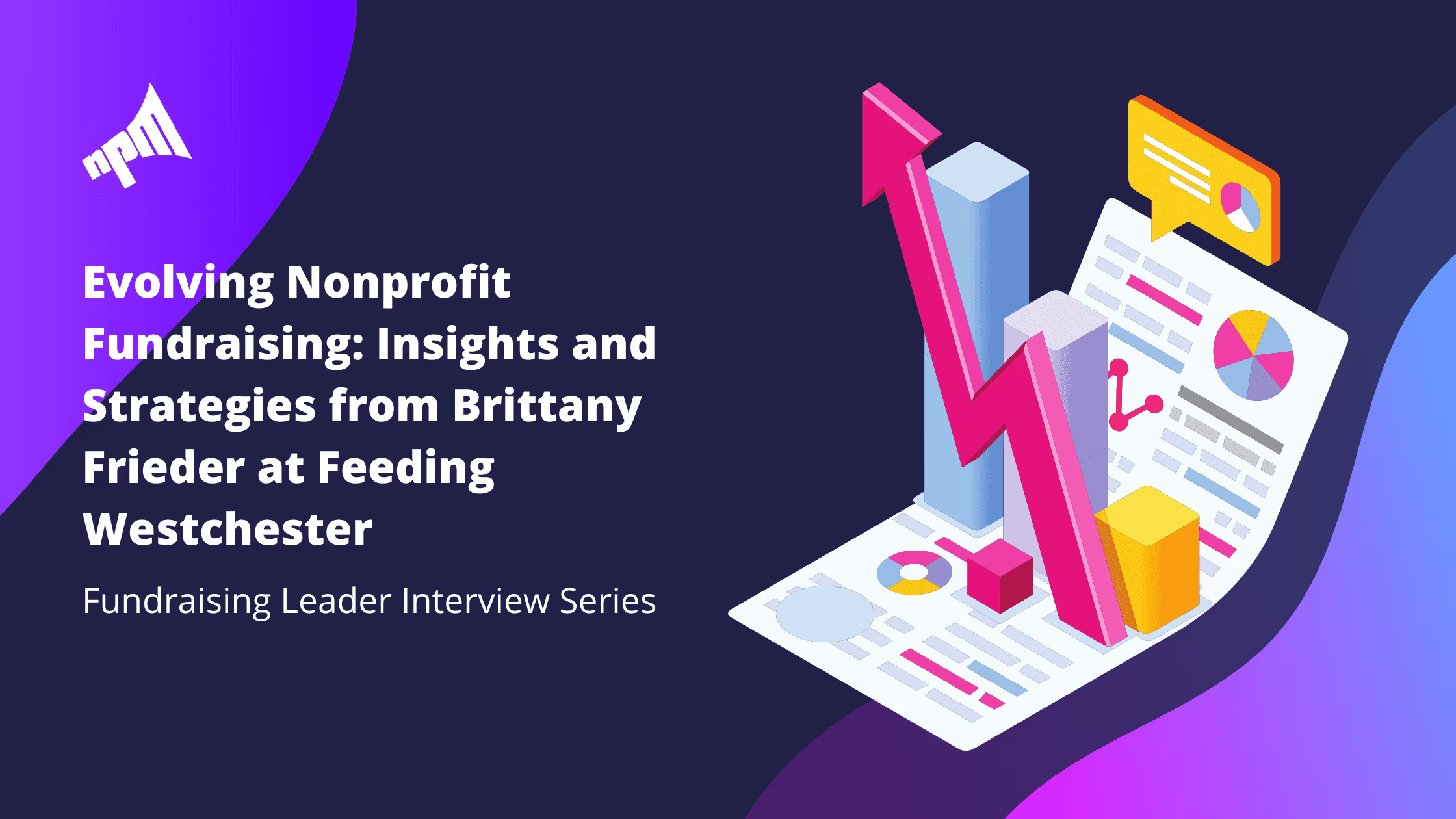







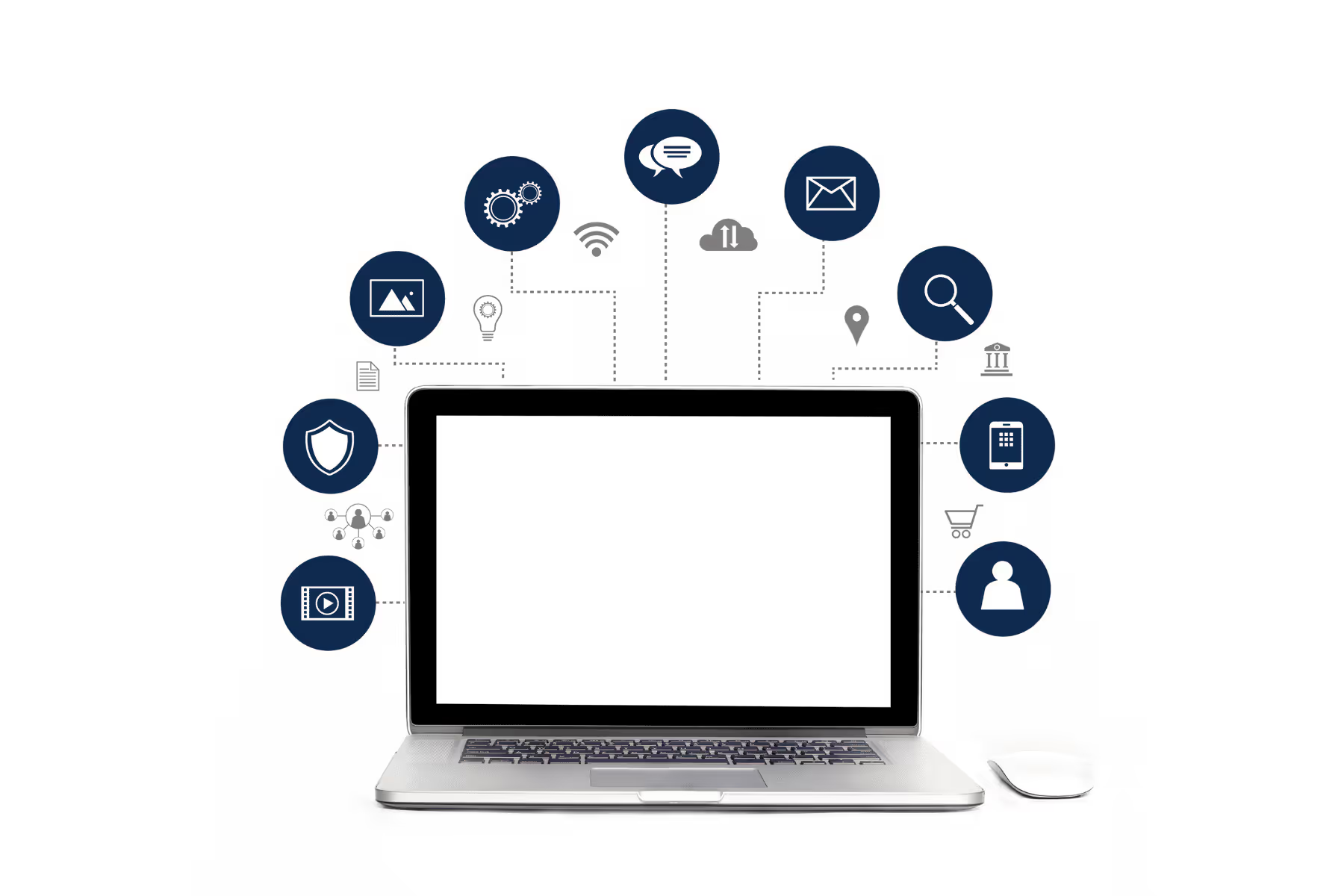






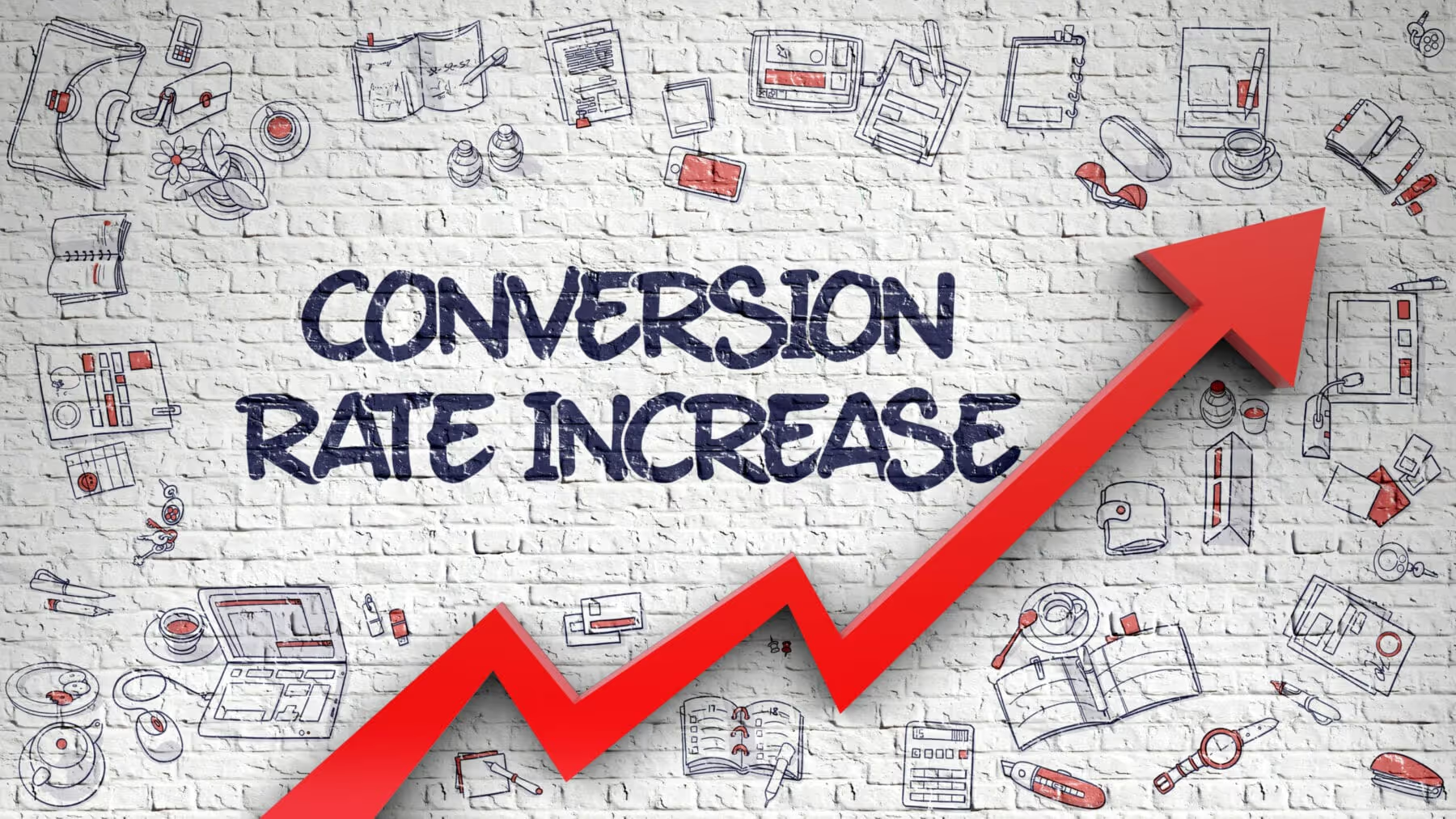








.svg)
.svg)
.svg)
.svg)